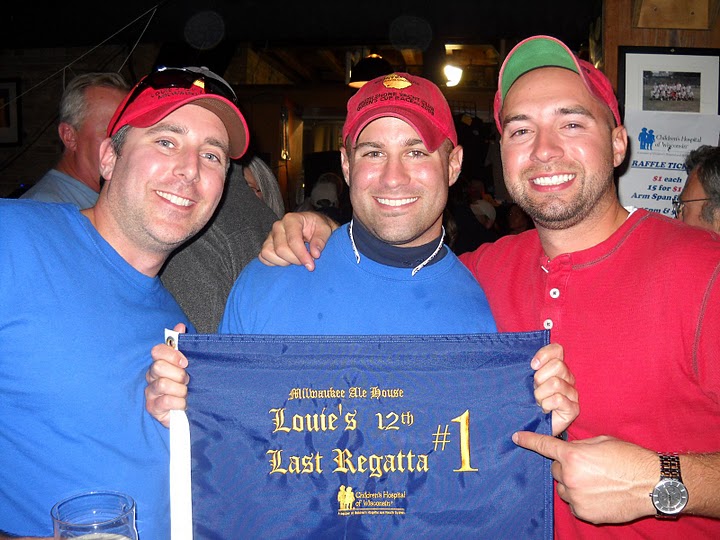Three weeks ago I began the blister repair. According to BoatSafe.com, "water being absorbed through the gelcoat and fiberglass laminates in the hull causes blisters. Once thought impervious to water, it has been discovered that constant contact with water can cause it to be absorbed through the gelcoat from the outside and through the exposed laminate on the inside of the vessel (from standing bilge water). The water absorbed causes changes in the physical makeup of the hull and reacts with the resins, which build up residues and finally raise blisters by increased pressure on voids between the laminate and the gelcoat. This is what you see on the hull. This phenomena usually starts occurring, although it may occur earlier, from the fifth to tenth year after the manufacture of the boat. It occurs when boats are left in the water for long periods of time and happens more frequently in fresh water."
Luckily I only had a few blisters and 3 of them actually began to de-laminate the fiberglass. I sanded the gelcoat completely down to the fiberglass and used Marine-TEX epoxy putty to fill the blister.
The next weekend, Drew and I came back to barrier coat the boat. After we did a once over on the hull and sanded down the blister patches and any other imperfections, we mixed up the epoxy-paint and began to roll. I used Interlux 2000E barrier coat. This stuff has the viscosity of pancake batter but is very easy to work with. I found that mixing the paint and hardener in a milk jug and pouring into the paint tray as needed worked very well. We applied 4 very thick coats and let it cure for a week.
Yesterday was time for the Interlux VC17m Extra bottom paint. The paint combines copper and Teflon to create a super hard, smooth finish perfect for racing sailboats. It also prevents slim and other marine growth from growing on the bottom as Jep sits in the river all summer. It's noteworthy that VC17 drys in 15-20 minutes!
To get the paint ready for application, you mix a bag of copper powder (provided) with the paint. Again, we mixed the two components in a ketchup bottle. I was told the best way to apply the VC17 was to squirt the paint from a ketchup or mustard bottle directly onto the roller and apply. I would love to see someone make this work because we definitely could NOT! We decided to use the paint tray and only squirt in as much as could soak into the roller. The paint will literally evaporate before your eyes, so this method of application allows for as little waste as possible.
Painting the bottom of a boat with practically zero experience proved to be a challenge. Here are a few lessons learned from the endeavor:
1. Sanding the entire bottom of a boat is about as fun as smashing your head into the corner of a hard object
2. Wait for bottom paint to go on sale at West Marine (I did and saved a boat load - no pun)
3. Don't forget to bring beer
4. Applying barrier coat isn't much more fun than lesson 1 above
5. Apply VC using THICK coats
6. When applying VC with the roller, roll in 1 direction (not back and forth)
7. Apply VC using THICK coats
Here are a few before and after shots. You can click on them to get an enlarged image.
















